-
Diffusion
movement of solutes from an area of high concentration to low concentration
-
Simple Diffusion
(passive movement no ATP)
Simple diffusion carries things across the membrane and does not require help or ATP (pumps), it uses kinetic energy, the energy of movement
-
Facilitated Diffusion
(passive movement no ATP)
is diffusion that requires help through the use of enzymes
-
Osmosis
the movement of h2o from an area of low concentration of solutes to high concentration of solutes
-
Filtration
The separation of molecules across a filter using hydrostatic pressure
-
Semi-permeable
certain factors allow things inside a membrane
-
Factors that affect diffusion
Permeability goes up and the rate of diffusion increases
Temperature goes up and the rate of diffusion increases
Size/Mass affects the rate of diffusion (inverse relationship)
Concentration gradient affects the rate high to low is faster, low to high is slower
Steepness of gradient increases the rate
-
Carrier mediated facilitate diffusion
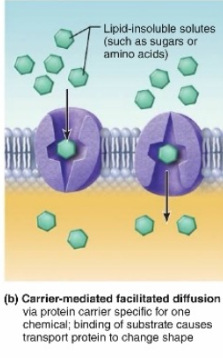
(passive movement no ATP)
Requires the right size, shape, charge -> comes in contact with the protein (enzyme) -> binding/bonding -> shape is changed (conformational change) -> enzyme flops over and closes the outside and opens the inside > allows it in the membrane
-
Channel mediated facilitated diffusion
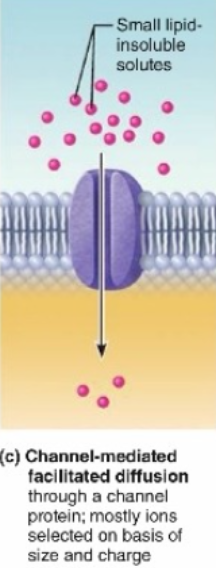
(passive movement no ATP)
Enzyme does not change shape and is always open, but only allows ions based on size and charge
-
Describe how molecular size can affect diffusion through a semipermeable membrane
Larger molecules move more slowly than smaller molecules due to their greater size and weight
This is an inverse relationship
-
State the forces that drive the process of filtration
Hydrostatic pressure
-
Identify the factors that determine the amount of filtrate that will be formed
The separation of molecules across a filter using hydrostatic pressure depends on the relative size of the particle and the hole
-
isotonic
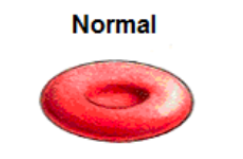
no net movement of water, equal amount of solutes inside and outside the cell
-
hypertonic
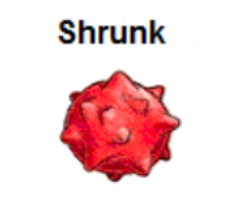
high amount of solutes outside the cell and low amount of solutes inside the cell
-
hypotonic
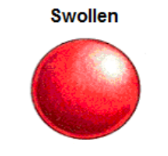
water enters the cell because of the low amount of solutes outside of the cell
-
hypertonic
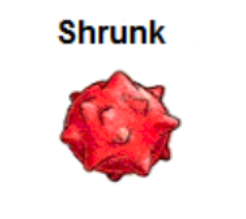
more tonicity, more solutes outside the cell, water moves out of the cell causing the cell to shrink
-
isotonic
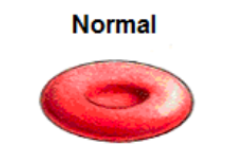
no net movement of water, an equal amount of solutes inside and outside the cell
-
plasma membrane
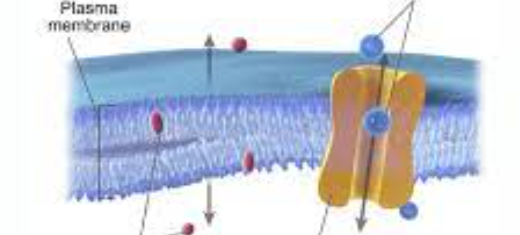
function : allows for selective permeability in and out of the cell
-
nucleus
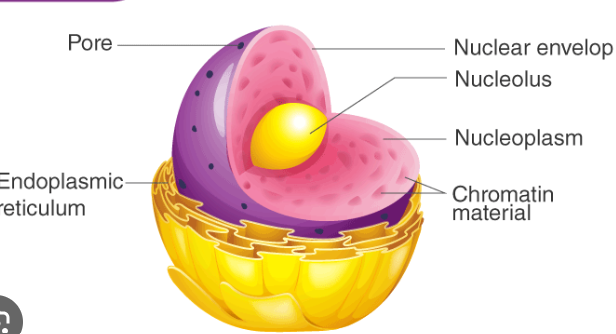
function : cell's control center and creates DNA
-
nucleolus
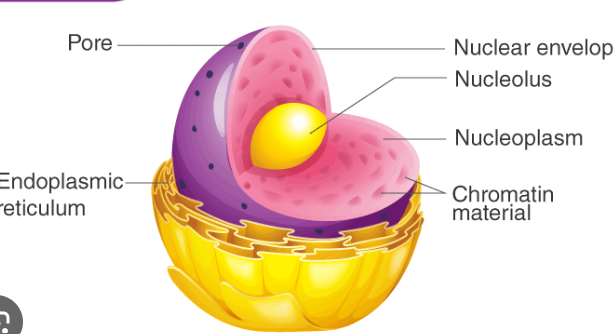
function : creates RNA and ribosomes
-
Nuclear envelope
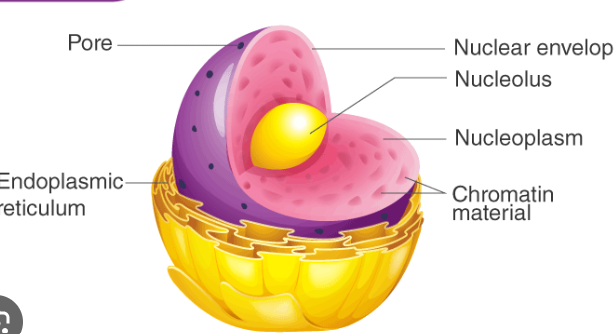
function : outer boundary of the nucleus that separates it from the cytoplasm outside the nucleus
-
Nuclear Pores
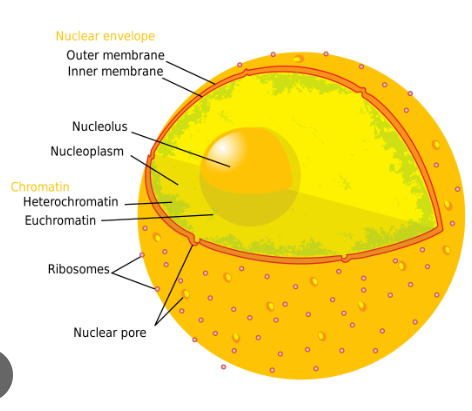
allows small molecules like proteins and RNA in and out of the nucleus
-
Centrioles
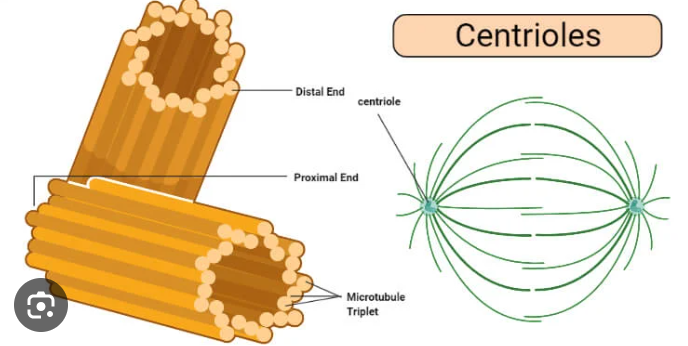
ensures the correct amount of DNA goes to each cell after mitosis as well as the organization of microtubules
-
Rough endoplasmic Reticulum
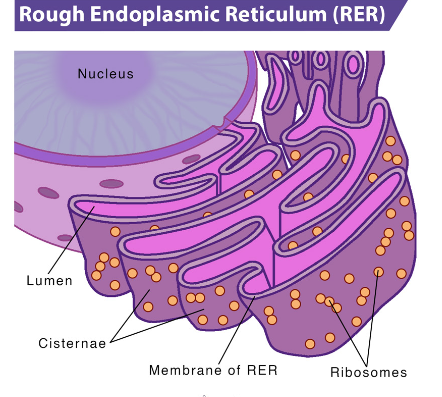
membranous organelle that is responsible for storing ribosomes as well as transporting the ribosomes to the Golgi apparatus
-
ribosomes
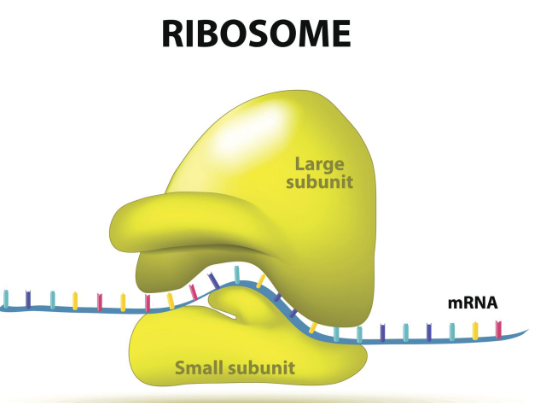
site of protein synthesis reads the mRNA sequence and turns it into proteins
-
smooth endoplasmic reticulum
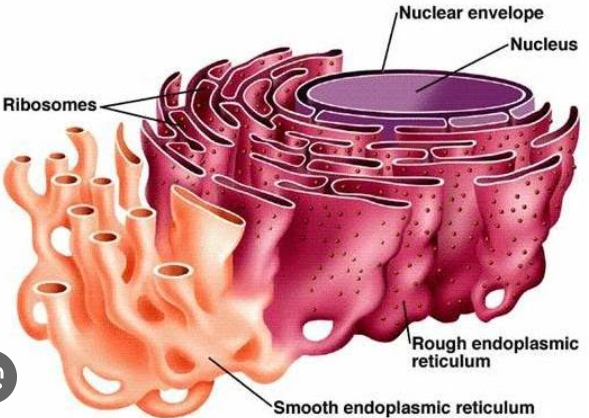
site of steroid (cholesterol) and lipid synthesis
-
Golgi apparatus
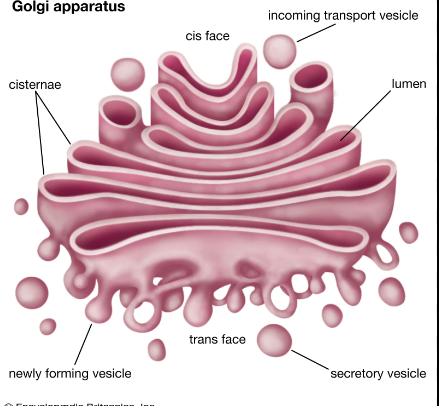
packages, modifies and sorts proteins for exocytosis
-
mitochondria
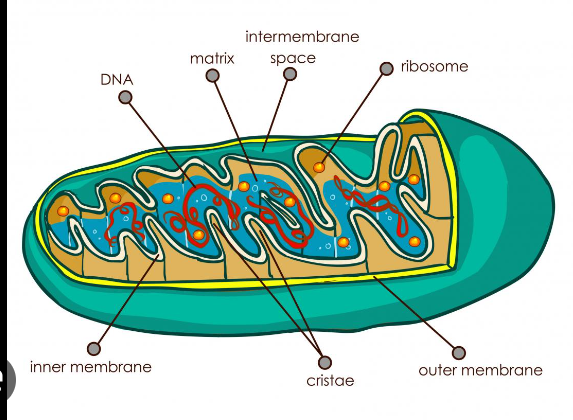
site of ATP synthesis contains folds of cristae that increase surface area to maximize ATP synthesis

